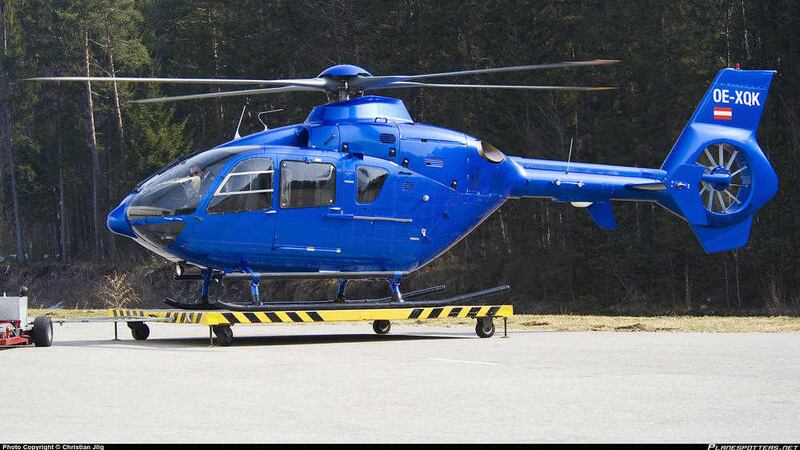RUMOURS that Japanese policy-makers were on the cusp of deploying so called ‘helicopter money’ in their ever more extreme attempts to reflate the sluggish Japanese economy were proved unfounded last week. Nonetheless, here we explore some of the characteristics of Money Financed Fiscal Stimulus (MFFS), colloquially known as ‘helicopter money’.
Helicopter money is a coordinated fiscal policy between the central bank and the government. First, the central bank prints money and buys sovereign bonds directly from the government. The government then uses this financing to fund fiscal stimulus programmes, potentially ranging from tax cuts to infrastructure investment.
Admittedly, this sounds very much like quantitative easing (QE), but there are crucial differences. Under QE, the government is still required to pay off the sovereign bonds as they mature – money which will in theory come from higher taxes. If households reduce spending in anticipation of that tax increase – a phenomenon known to economists (and few others) as ‘Ricardian Equivalence’ – then there would be some offset to the potentially expansionary effect from QE.
For helicopter money however, the central bank cancels those bond holdings. Therefore, the government no longer needs to tax consumers in order to pay off those maturing bonds. With no future tax obligation, firms and households are free to go out and spend their money, thus providing an extra boost to aggregate demand compared to QE or conventional fiscal stimulus.
Furthermore, while QE is meant to stimulate business investment by lowering long-term yields and boost consumer spending, helicopter money is far more direct in its transmission – the government simply spends central bank money, thus avoiding the need for banks to act as intermediaries. As a result, helicopter money is, in theory, seen as a more effective means of raising growth and inflation compared to QE and fiscal stimulus.
Despite record low interest rates and massive central bank balance sheet expansion, developed world growth and inflation remains underwhelming. This presents a unique problem for central bankers, as interest rates well below zero could see households withdraw deposits from commercial banks, opting to store their hard earned earnings as physical cash instead – a constraint known as the ‘Zero Lower Bound’ (ZLB).
Under the ZLB, the economy falls into something called a ‘liquidity trap’, where conventional monetary policy loses its effectiveness in stimulating growth. In such a liquidity trap, theoretically the only way to stimulate growth is through increased fiscal spending.
However, with many governments constrained by high debt levels among other things, meaningful fiscal stimulus seems unlikely, unless of course it is financed directly by the central bank.
Understanding that helicopter money can and has worked before is important, because it suggests that policy-makers have not run out of options yet. On the contrary, the ultimate bazooka is still waiting to be deployed. Our base case is that the world economy can continue to muddle through, growing at above stall speed for the time being.
We see inflation continuing to unevenly return in this context as the base effects from falling oil prices fade over time. However, in a much less benign scenario, we should perhaps take some succour from the fact that central banks have yet more tools in their armoury, even if they may not have the need to use them just yet.
:: Jonathan Dobbin is head of wealth and investment management NI at Barclays. He can be contacted on 028 9088 2925 or email jonathan.dobbin@barclays.com








